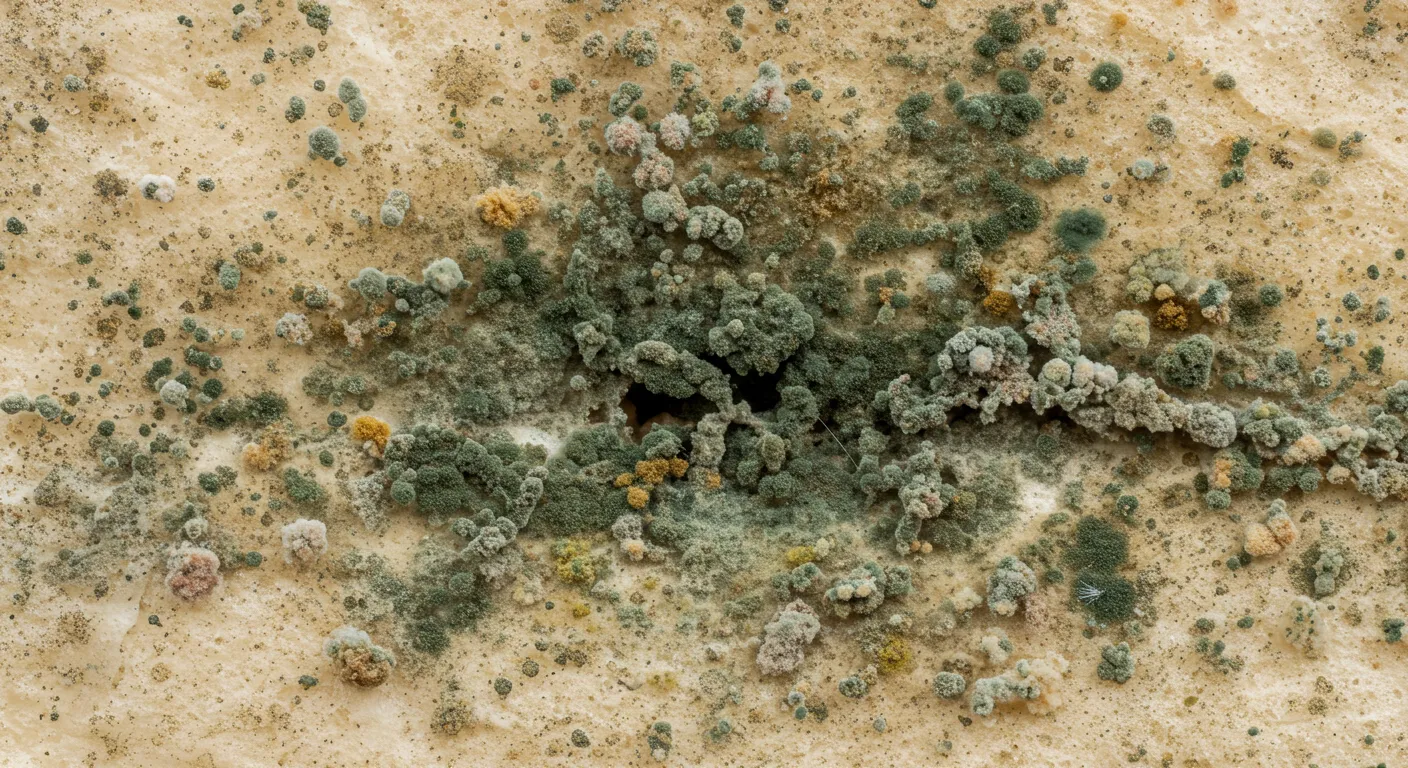
Spray foam insulation has become a popular choice for homeowners and builders due to its energy efficiency and air-sealing properties. However, a common concern among property owners is whether mold can grow behind spray foam insulation. Understanding how spray foam interacts with moisture and the potential for mold growth is crucial for making informed insulation decisions.
Spray foam insulation is a polyurethane-based material that expands upon application, creating an airtight seal. It comes in two primary types:
The ability of spray foam to seal gaps and cracks helps prevent air infiltration, reducing the likelihood of mold growth compared to traditional insulation materials. However, mold-related concerns still arise in certain conditions.
For mold to grow, three key elements must be present:
Spray foam insulation reduces the likelihood of mold growth by:
Despite its benefits, mold can still grow in specific scenarios:
Since spray foam creates a solid structure, detecting hidden mold can be challenging. Here are some warning signs:
| Detection Method | Description |
| Thermal Imaging | Infrared cameras can detect temperature variations linked to moisture. |
| Moisture Meters | Measures moisture levels behind walls and insulation. |
| Air Quality Tests | Detects airborne mold spores. |
| Physical Inspection | Cutting a small section of insulation to examine the underlying surface. |
To minimize the risk of mold growth, consider the following precautions:
While spray foam insulation significantly reduces the risk of mold growth compared to traditional insulation methods, it is not entirely foolproof. Proper installation, moisture control, and regular inspections are key to ensuring a mold-free environment. Homeowners in Salem, OR, should take preventive measures to safeguard their properties against mold-related issues.
For expert guidance on spray foam insulation and mold prevention, Contact Capital City Spray Foam of Salem today. Our professionals can assess your home and provide tailored solutions to enhance energy efficiency and indoor air quality.
No, spray foam is not an organic material, so mold cannot grow directly on it. However, mold can develop on nearby surfaces if moisture is present.
Proper installation, fixing leaks before application, using closed-cell spray foam in moisture-prone areas, and maintaining low indoor humidity levels.
Closed-cell spray foam is better at preventing moisture penetration, making it the preferred choice for mold prevention in damp environments.
Signs include musty odors, increased allergy symptoms, moisture stains on walls, and elevated humidity levels.
In some cases, particularly in humid regions or basements, an additional vapor barrier may be recommended alongside spray foam insulation.
Mold remediation behind spray foam insulation is complex and often requires professional intervention to prevent further contamination.
Closed-cell spray foam acts as a vapor barrier, while open-cell foam can allow some moisture movement. Proper ventilation and moisture control help mitigate risks.
It is advisable to inspect insulation at least once a year and after significant weather events or water leaks.
If improperly installed, spray foam can alter a home’s ventilation and thermal balance, leading to condensation problems in some cases.
A professional assessment is necessary to determine the extent of mold damage. In severe cases, removing and replacing the affected insulation may be required.